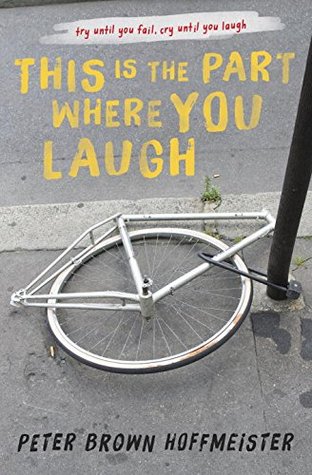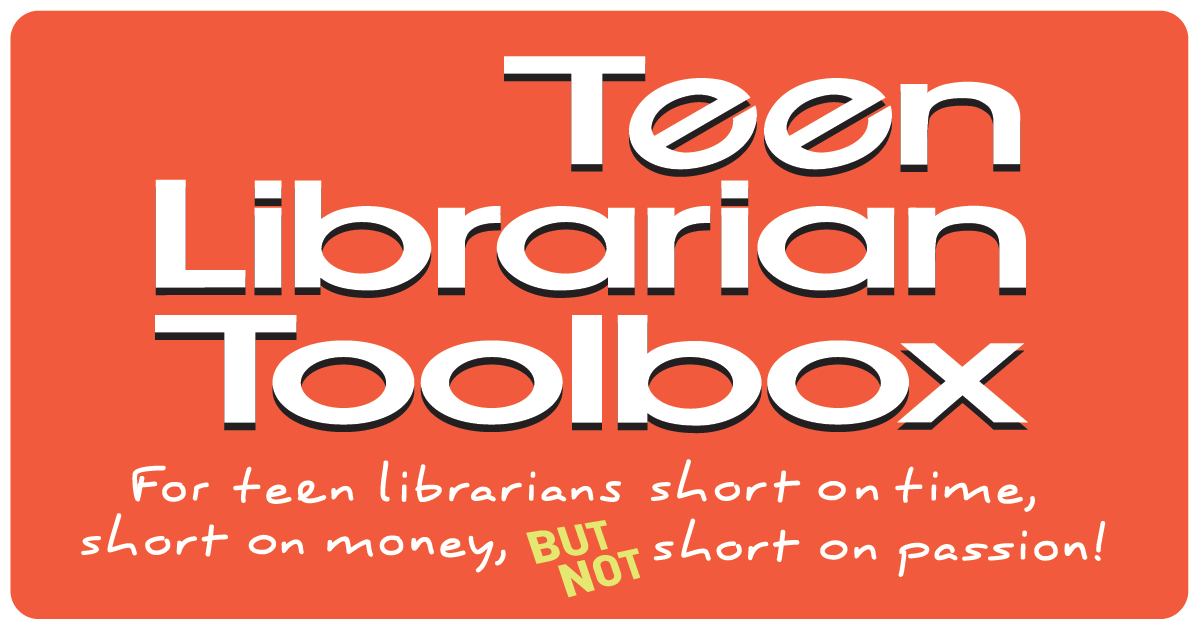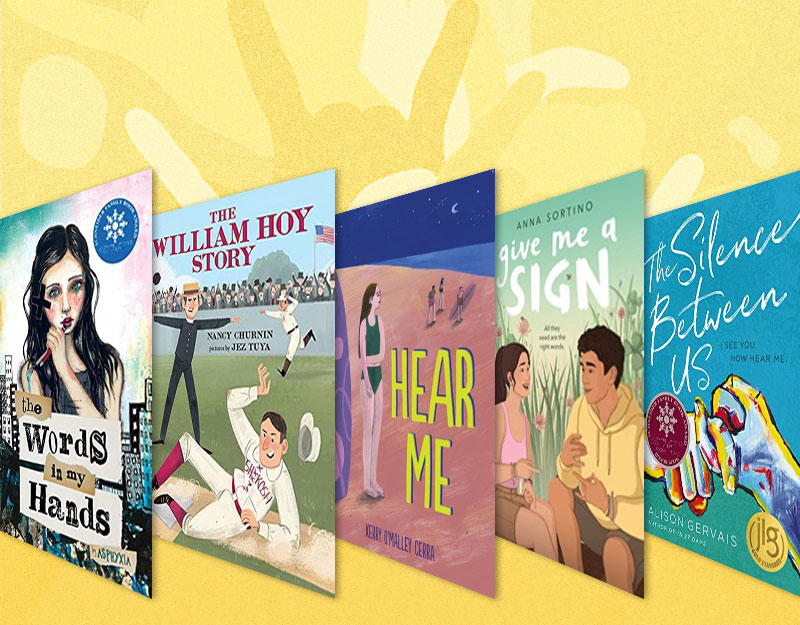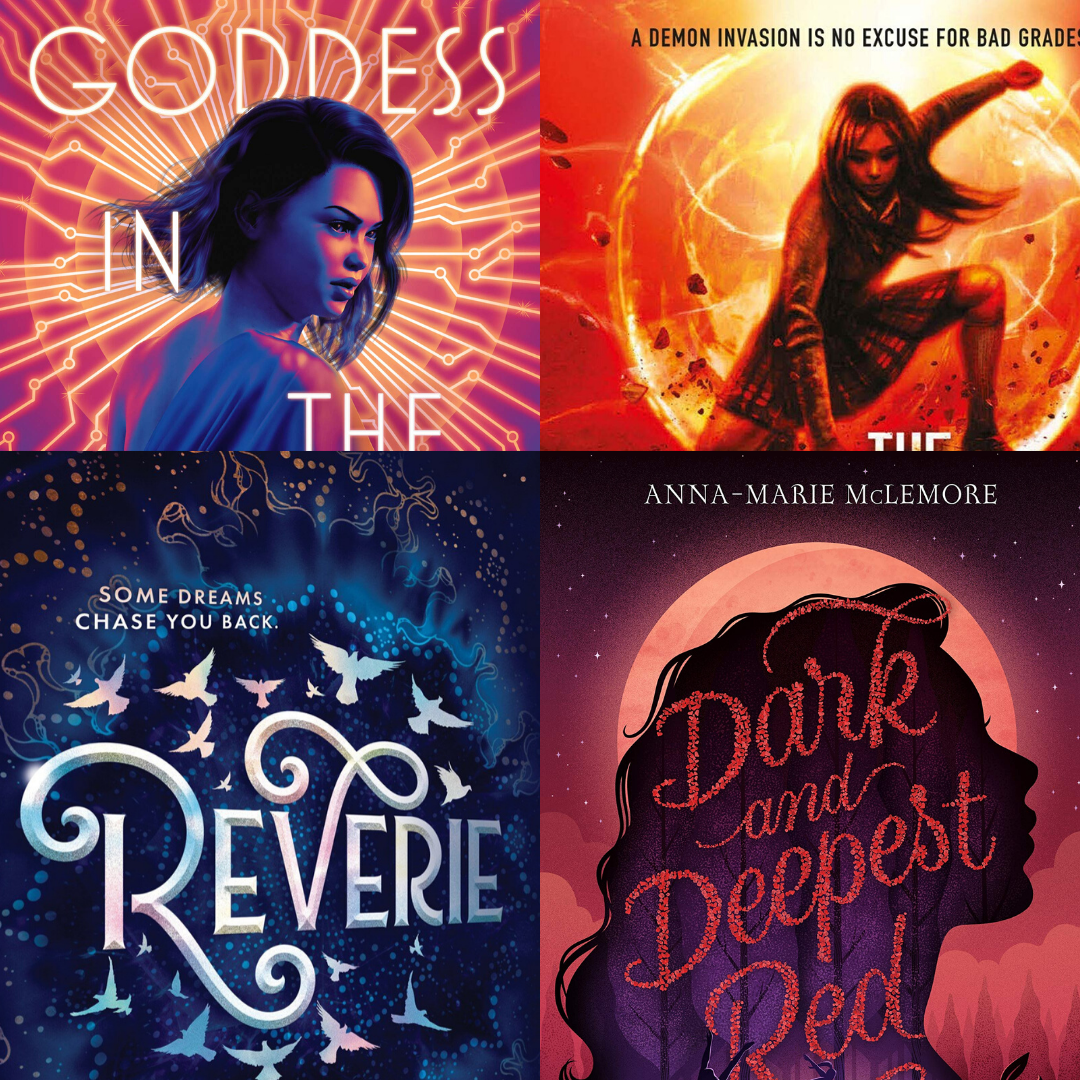Why I Write What I Write, a guest post by THIS IS THE PART WHERE YOU LAUGH author Peter Hoffmeister
 For a brief period of time when I was in middle school, we lived in a trailer park. Technically, my dad’s girlfriend lived in a trailer park and we just spent a lot of time there. If you know anything about trailer parks, you know that there is a lot of stigma attached to living in one. There are not, in fact, a lot of YA books that feature teens that live in trailer parks. For example, both Such a Rush by Jennifer Echols and Dorothy Must Die by Danielle Paige feature a MC who lives in a trailer park. Ready Player One by Ernest Cline also features a group of people who live in a trailer in a trailer park. THIS IS THE PART WHERE YOU LAUGH by Peter Hoffmeister also features a main character that lives in a trailer park.
For a brief period of time when I was in middle school, we lived in a trailer park. Technically, my dad’s girlfriend lived in a trailer park and we just spent a lot of time there. If you know anything about trailer parks, you know that there is a lot of stigma attached to living in one. There are not, in fact, a lot of YA books that feature teens that live in trailer parks. For example, both Such a Rush by Jennifer Echols and Dorothy Must Die by Danielle Paige feature a MC who lives in a trailer park. Ready Player One by Ernest Cline also features a group of people who live in a trailer in a trailer park. THIS IS THE PART WHERE YOU LAUGH by Peter Hoffmeister also features a main character that lives in a trailer park.
It’s interesting to me lately how I will read about something and think, you know – there’s not a lot of that in YA. It happened when I read the description of This is the Part Where You Laugh, where it mentions that the main character lives in a trailer park. It happened when I read an article talking about Simone Biles and her family adoption, something that I also have seen a lot of with my teens and yet find is under-represented in YA literature.
ADVERTISEMENT
ADVERTISEMENT
The fact that the main character lives in a trailer park isn’t really a significant part of the story, it’s just a fact of Travis’ life: he is economically disadvantaged. Many teens are. In fact I recently read that 1 in 3 workers qualify as the working poor. Slowly, we are beginning to see more of this truth represented in YA literature. I know far fewer teens who have been sent to a private boarding school – which we read about a lot in YA – and far more teens who live in trailer parks. So I’m thankful every time I see a book like this one come across my desk.
But this post is not about trailer parks or being economically disadvantaged in YA literature. This is about author Peter Hoffmeister and why he writes the types of books that he writes. He doesn’t use the words, but he writes for what we sometimes refer to as “reluctant readers“. He writes for readers who want short, quick chapters where a lot of things happen. He writes for readers who are just like him . . .
“First off, I want to write entertaining books. I don’t want to write something long and slow and dull because I don’t enjoy reading long, slow, dull books in which nothing happens. So I enjoy writing the romance scenes (the scenes with Natalie and Travis, for example), the action scenes and the struggles. And as strange as it sounds, I love it when things go wrong, when a book is like real life sometimes and many things go wrong all at once.
That’s not to say that I don’t want to slow down sometimes and allow the characters to have conversations or to be in peaceful environments – sometimes people need a break – but then I want something to happen again. I want my books to be readable, and readable usually means that the reader is sucked in and doesn’t want to put the book down.
People ask about my short chapters, and I guess that’s part of it too. I like reading short chapters and I like writing short chapters. I remember the first time I read Cormac McCarthy’s Child Of God, how every chapter was a page or two and it felt SO good to read. I thought, I want to write like that.
But then there has to be a second level to a book. Or there have to be many levels. The extended metaphors that make books stick with you. There’s a surface level to Creature’s “Pervert’s Guide To Russian Princesses,” those chapter-break scenes in my book that are over-the-top, funny and erotic and ridiculous. But then there are the metaphors behind those scenes. What are each of those scenes really saying?
In that same way, when I’m talking about hands or water, books, cell phones, pets or pills, I’m really saying something else at the same time. There’s more than the literal going on. Maybe my metaphors work and maybe they don’t. But I’m definitely trying to give the reader something to think about. I’m not saying there’s only one way to look at this world. I’m saying open your eyes and ask a lot of questions.” – Peter Hoffmeister
Publisher’s Book Description
Rising sophomore Travis and his best friend, Creature, spend a summer in a Eugene, Oregon, trailer park dealing with cancer, basketball, first love, addiction, gang violence, and a reptilian infestation. – Knopf Books for Young Readers, May 2016
Reviews for THIS IS THE PART WHERE YOU LAUGH
“So real it hurts. Hoffmeister explores the depths of family and addiction, friendship and first love with the skill of a writer who knows his way around—and I was happy to follow. This story will stick with you.” —David Arnold, author of Mosquitoland
“A courageous novel. Incandescent and unflinching.” —Jeff Zentner, author of The Serpent King
“Hoffmeister crushes it, weaving seamlessly between aching humor, brilliant dissonance, gritty romance, and chaotic hope. He glosses over nothing. He doesn’t give a single word for free. There is blood and truth on every page.” —Estelle Laure, author of This Raging Light
Meet Our Guest Blogger
Peter Brown Hoffmeister is the author of the critically acclaimed novels This Is The Part Where You Laugh & Graphic The Valley, the memoir The End of Boys, and the forthcoming novel Too Shattered For Mending (Random House, Knopf).
His books have earned starred reviews from Publishers Weekly, Kirkus Reviews, Booklist, School Library Journal, and The Bulletin.
A former troubled teen, Hoffmeister was expelled from three high schools, lived for a short while in a Greyhound bus station, was remanded to a recovery and parole program, and completed a wilderness experience for troubled teens.
He now runs the Integrated Outdoor Program, serving teens of all backgrounds, taking them into wilderness areas to backpack, climb, spelunk, orienteer, and whitewater raft.
Filed under: new books, New Releases, New YA
About Karen Jensen, MLS
Karen Jensen has been a Teen Services Librarian for almost 30 years. She created TLT in 2011 and is the co-editor of The Whole Library Handbook: Teen Services with Heather Booth (ALA Editions, 2014).
ADVERTISEMENT
ADVERTISEMENT
SLJ Blog Network
Happy Poem in Your Pocket Day!
This Q&A is Going Exactly As Planned: A Talk with Tao Nyeu About Her Latest Book
More Geronimo Stilton Graphic Novels Coming from Papercutz | News
Parsing Religion in Public Schools
ADVERTISEMENT







